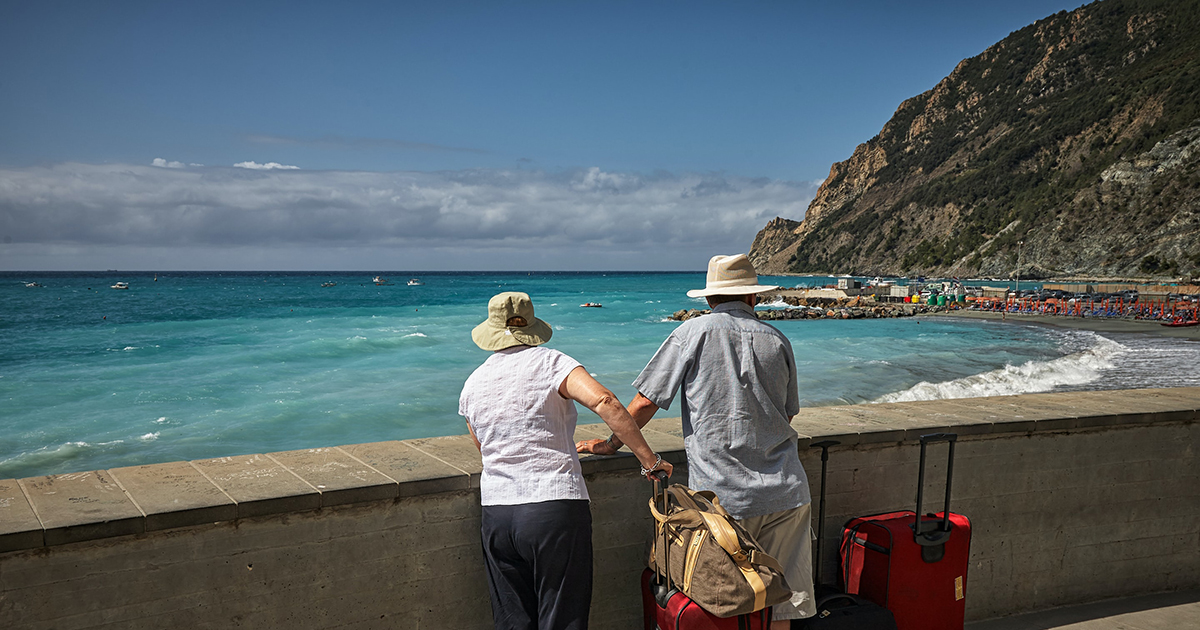3. Make a copy of your boarding pass.
In most circumstances, you don’t need to print a boarding pass if you check in online and have a smartphone. Show the agent the electronic boarding card you received when you checked in. (Please remember that an e-ticket is not the same as a boarding card.)
However, keeping a paper copy of your travel documents is a good idea in case your device runs out of battery or has a technical malfunction. You can print your pass on your home computer when you check in online, at the self-service check-in kiosks in the airport terminal, or at the airline’s ticket counter.
The good news is that you should not have to check in twice on connecting flights with Southwest or most other airlines; you should receive all your boarding cards simultaneously.
4. Arrive at the airport early.
Even if you checked in online, you should arrive at the airport at least two hours before your flight’s departure time. (An overseas flight should take at least three hours.) This is especially crucial if you are checking bags, as you must drop off your luggage at a specific desk by a specified time. When flying domestically with only hand luggage, things are a little easier. If you check in online in this scenario, all you have to do at the airport is walk through security and find your departure gate. However, it’s best to arrive early because you never know how lengthy the security queue may be. Also, if you have mobility concerns, arrange for extra time, so you are not rushed.
5. Get through security quickly.
When it comes to security screening, older visitors can receive a respite. Seniors, for example, do not have to remove their shoes at airport security if they are over 75. (although the shoes may still be swabbed for traces of explosives).
They may also wear light coats. Medical liquids and gels do not have the same size restrictions as other carry-on liquids. They must be screened separately, so pack them in a Ziploc bag separate from your other liquids to expedite the process.
Keep your medications in a convenient location in your carry-on bag. When you get to the checkpoint, inform the Transportation Security Administration (TSA) officer about them. If you have a handicap or a medical condition, you should complete a TSA Notification Card to explain your situation properly and discreetly.
For example, if you have a metal hip implant, you can write it down on the card, so the officer knows you’re likely to set off the metal detector. In that instance, you would be subjected to a pat-down or full-body scanning screening.
TSA PreCheck allows travelers of any age to avoid having to remove their shoes, belts, coats, computers, or liquids during screening at participating airports.
To obtain TSA PreCheck, you must apply online, attend a brief in-person appointment that includes fingerprinting and a background check, and pay an $85 cost. (Some credit cards cover this fee or allow you to pay it with frequent flyer points; check with your credit card company.)
If you are approved, you will have coverage for five years. If you travel internationally, Global Entry works similarly to TSA PreCheck, with the added benefit of quicker customs and immigration procedures upon re-entry into the United States. It costs $100 per year for five years.
